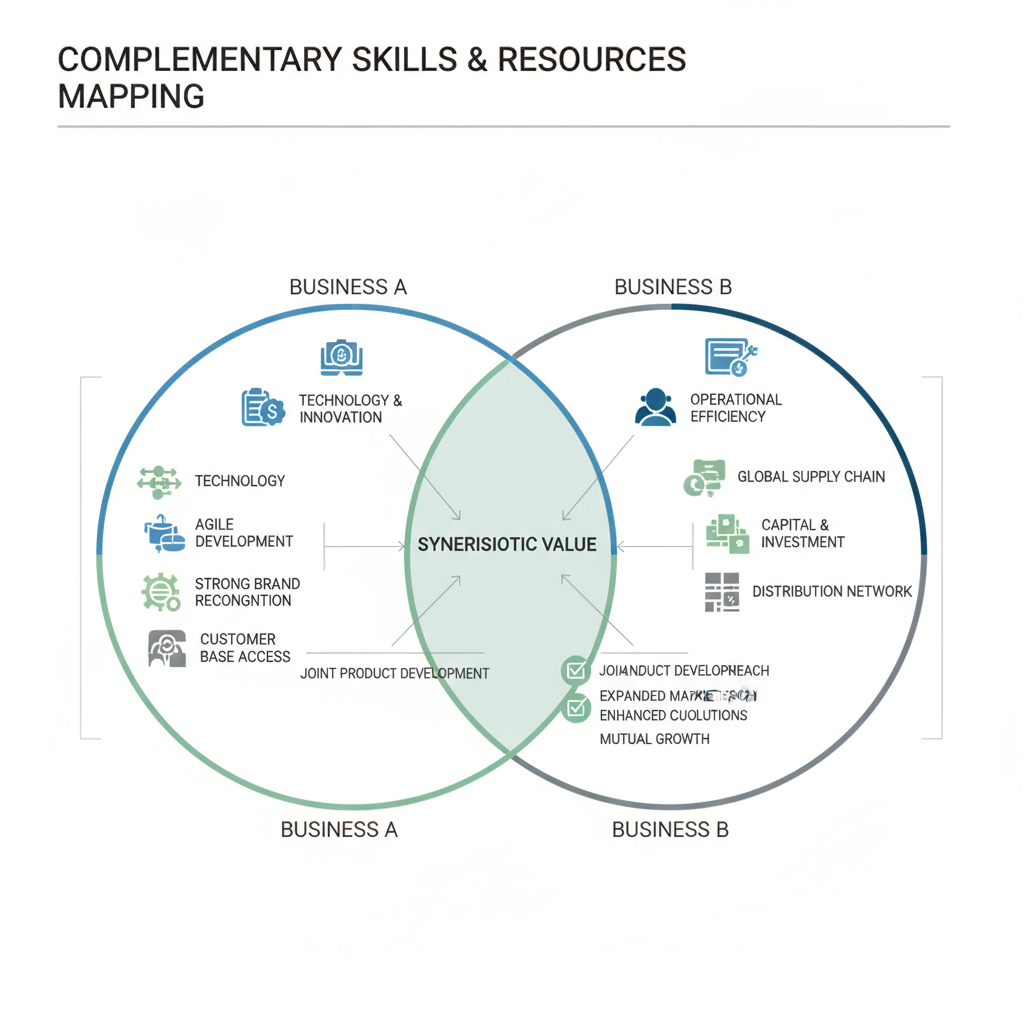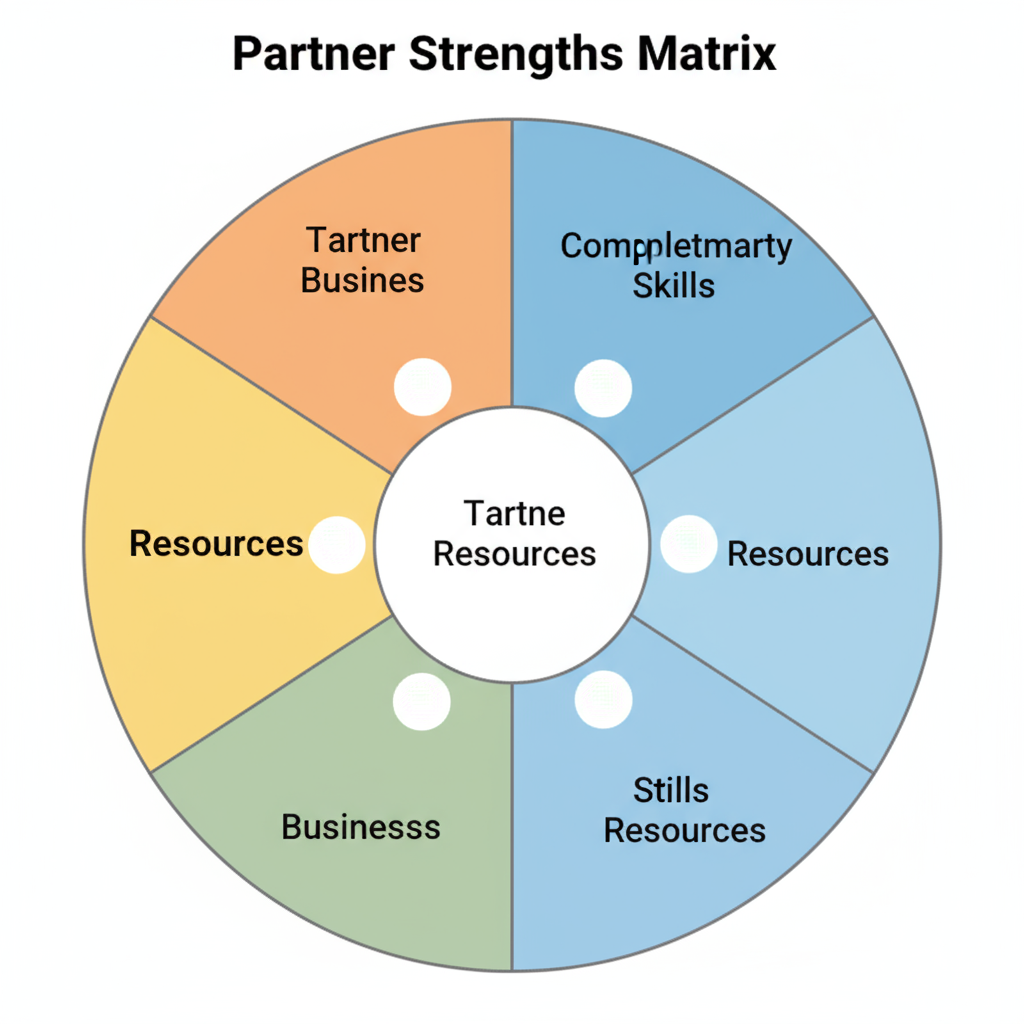How to Collab Effectively for Business Growth
Learn how to plan, execute, and sustain strategic business collaborations that boost brand reach, engagement, and long-term growth.

How to Collab Effectively for Business Growth
Strategic partnerships are one of the smartest ways to amplify your brand’s reach, boost engagement, and drive measurable results. Learning how to collab effectively in business—whether with influencers, complementary brands, or industry partners—means combining unique strengths to unlock fresh opportunities while building trust with new audiences. In this guide, you’ll discover practical, well-structured steps to plan, execute, and sustain collaborations that fuel long-term growth.

---
Define Clear Collaboration Goals and Desired Outcomes
Before initiating a potential collaboration, clarity matters. Determine exactly what success looks like for your business:
- Are you seeking brand awareness, lead generation, sales, or audience engagement?
- Is the partnership tied to a specific campaign or part of a broader strategy?
Make these goals SMART (Specific, Measurable, Achievable, Relevant, and Time-bound).
Example: replace “increase followers” with “gain 2,000 followers from the partnered campaign within 3 months.” Written objectives will keep both sides aligned throughout the project.
---
Research and Choose the Right Partner
Your collaboration partner should share similar values, audience demographics, and overall vision. Research extensively by:
- Reviewing audience engagement and demographics.
- Studying previous collaborations.
- Assessing whether their tone, ethics, and image fit your brand.
A strong match in values and target audience will prevent wasted effort and protect brand credibility.

---
Outline Roles, Responsibilities, and Timelines in Advance
Avoid frustration and delays by setting expectations from the start. Agree on:
- Who will produce which types of content.
- Deadlines for drafts, feedback, and final publishing.
- Communication tools and decision-makers.
Here’s a sample responsibility chart:
| Task | Responsible Partner | Deadline |
|---|---|---|
| Blog article draft | Partner A | Aug 5 |
| Social media graphics | Partner B | Aug 7 |
| Email newsletter content | Partner A | Aug 9 |
---
Create a Shared Content Calendar for Smooth Execution
A visible, accessible content calendar keeps your collaboration workflow organized. Platforms like Google Sheets, Trello, or Notion can map:
- Blog post dates
- Social content
- Email campaigns
- Giveaways or live events
Give both partners editing access so progress can be tracked and adjustments made quickly.
---
Communicate Openly Through Regular Check-ins
Open communication eliminates confusion and builds trust. Establish:
- Weekly virtual meetings to discuss progress.
- Instant messaging channels for urgent updates.
- Monthly reviews for longer-term collaborations.
Keeping dialogue consistent ensures tasks are completed on time and that both teams stay motivated.
---
Leverage Each Partner’s Strengths
When you understand how to collab optimally, you can assign tasks to maximize efficiency:
- Video pros handle TikTok and YouTube.
- SEO experts write blogs and optimize content.
Focusing on individual strengths delivers better results while avoiding burnout.
---
Promote the Collab Across All Channels
Successful collaborations deserve strong promotion. Coordinate a rollout on:
- Social media: Share content mutually and tag each other.
- Email marketing: Introduce partnership details to subscribers.
- Blog content: Publish behind-the-scenes stories or joint case studies.
- Events: Host shared webinars, Q&A sessions, or product demos.

---
Measure Performance: Track Engagement, Reach, Conversions
Define KPIs before the launch to measure success. Metrics to track include:
| Metric | Why It Matters | Tools to Track |
|---|---|---|
| Engagement Rate | Shows how actively audiences interact with content | Instagram Insights, Facebook Analytics |
| Reach | Measures exposure across platforms | Social media analytics dashboards |
| Conversions | Quantifies leads or sales generated | Google Analytics, CRM reports |
| Referral Traffic | Indicates visits from your partner’s channels | Google Analytics |
---
Review What Worked and Discuss Improvements
Once the campaign ends:
- Identify high-performing content formats.
- Chart which channels drove the most traffic.
- Evaluate if objectives were met or exceeded.
Document all findings to improve future collaborations and build on what worked.
---
Maintain Relationships for Long-term Partnerships
A great collab shouldn’t be the last interaction. Keep the momentum by:
- Sharing their upcoming content or wins.
- Sending updates on your business achievements.
- Offering future project ideas.
This nurtures trust and shortens onboarding in the future.
---
Summary and Next Steps
Mastering how to collab effectively starts with clear objectives, careful partner selection, and well-managed communication. By organizing responsibilities, promoting across all channels, and measuring results, you set the stage for impactful business growth.
Ready to start your next collab? Outline your goals, identify the perfect partner, and implement the strategies above to create partnerships that deliver real value—and repeatable success.




